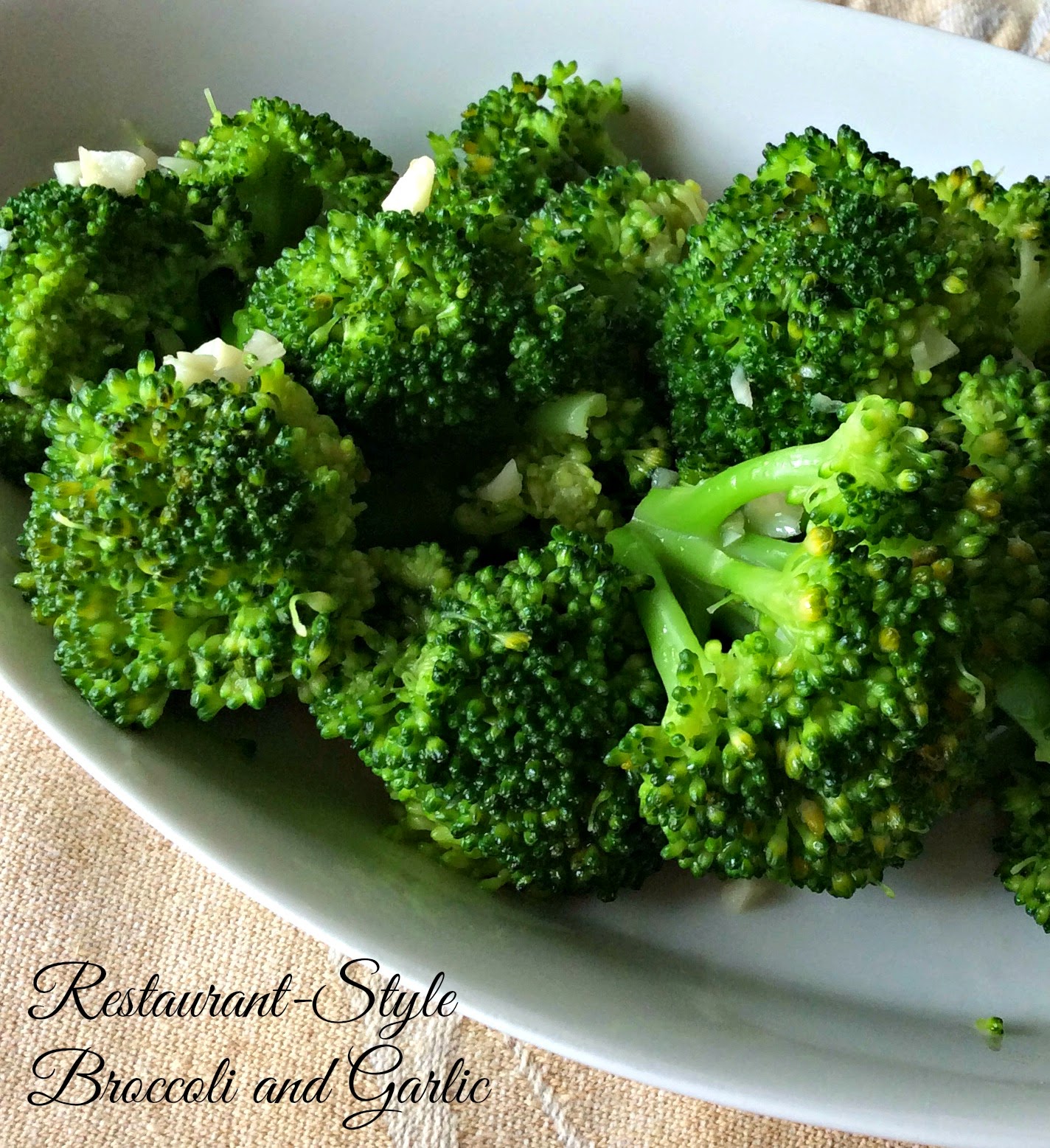Squaw Bread Rolls
Many, many years ago we had a Chart House Restaurant in Chester, Connecticut. A local baker here in Deep River where I now reside used to make this delicious molasses bread he called "Squaw Bread" mainly for the restaurant. If you were lucky and he was in the mood to bake more and you got there at the right time you could purchase a loaf to take home and enjoy. The Chart House served it warm with whipped butter and it was ever so yummy.
So here I go, playing baker today and have decided to try the recipe but to make rolls as I do not have a baking pan large enough for the loaves. This original recipe makes 2 loaves about 14 inches. My friend Jen from Australia who is a fabulous baker gave me some good advice. Hopefully my first attempt will be successful. At the bottom of this post is an explanation about unsulphured molasses in case you are interested to read up on it.
****Heads up: this blogger failed on the recipe the first time out. Why? Truthfully I did not read "dark" brown sugar. I used light and by the time I noticed there was something different about the color of the dough it was too late. Also, I think perhaps my molasses was not dark enough. I remember this bread being a deep, darker color.**** I will make these again, correctly. HOWEVER they still tasted good despite the fact they were not dark, but lighter in color.
These are the rolls as they were proofing. Now, I also did not get them "perfect". I will on the next attempt. That's just me admitting all my baking flaws.
- 1 tbsp. active dry yeast
- 3 cups lukewarm water
- 1 tbsp. salt
- 1/2 cup firmly packed dark brown sugar
- 1 cup unsulphured dark molasses
- 1 cup vegetable oil + extra for your bowl
- 4 cups whole wheat flour
- 8-9 cups all purpose flour
- In a large bowl, dissolve the yeast in 3 cups of lukewarm water with salt and the brown sugar.
- Cover with plastic wrap for 1 hour or until the mixture is thickened and cracking on top.
- Stir in the molasses and oil, then add the whole wheat flour and 7 cups of all purpose flour. Stir until the mixture forms a dough.
- Knead the dough on a floured surface, adding enough of the remaining flour to form a smooth but not sticky dough. Knead for about 10 minutes or until it is smooth and elastic.
- Transfer the dough to a well oiled bowl, turning to coat it with the oil.
- Cover with plastic wrap and let the dough rise in a warm place for 3 to 4 hours, or until it has tripled in size.
- Punch the dough down and form into balls if you are making rolls. If making in loaves, divide in half after punching it down and form each half into a 14 inch long and 3 1/2 inch high loaf.
- Place the balls (or loaves) on a greased baking sheet.
- Let them rise a second time for 30-40 minutes or until they have doubled in bulk.
- Bake the loaves in a pre-heated 300° oven for 60-75 minutes or until they sound hollow when the bottom is tapped. If you are making rolls, bake for .....................
- Transfer loaves or rolls to a cooling rack.
I did some research on "unsulphured" molasses. Whenever I am working with an ingredient that I am unfamiliar with I like to read up on it. Therefore, I am sharing this information with you in case you were not aware of what unsulphured means. This is taken directly from Natural News.com and is only a portion of the article. The whole link is on the bottom.
(Natural News) "Because of its reputation for being used to prepare livestock feed and other commercial uses, molasses needs to be understood as a disregarded source of vital human nutrients lacking in most of our diets. Molasses provides a sweetener that is safe for most glucose or blood sugar level issues and has several naturally available minerals. It has been used to help remedy many unhealthy conditions.
Ironically, molasses is the by product or "waste" from processing sugar cane or beet into table sugar. Refined table sugar creates blood sugar and insulin instability while providing no nutrients. Actually, refined sugar will pull nutrients, especially minerals, out of the body if consumed enough.
How Molasses is Made
Sugar canes are harvested and machines are used to press the juice out of the cane. The sugar cane roots go very deeply into the soil, commonly 15 feet down and ranging from 6.5 to 19 feet - deep enough to bypass nutrient depleted top soils that have become the norm and take in more nutrients. That juice is boiled then put through centrifugal machinery to extract the sugar crystals from the liquid. There are three grades of molasses: sulphured, unsulphured, and blackstrap.
Sulphur is used to process unripe green sugar cane. This chemical sulphur is not so good for most human consumption. Sun ripened sugar cane is processed without using sulphur. So unsulphered molasses is a better choice. The third boiling necessary to extract table sugar from sugar cane or beet sugar produces a thick dark substance known as blackstrap molasses, which is the most nutrient dense of all.















Comments
Post a Comment